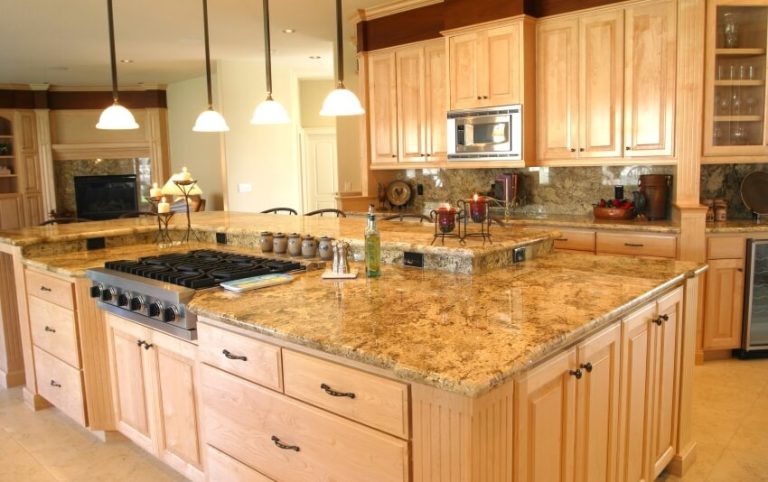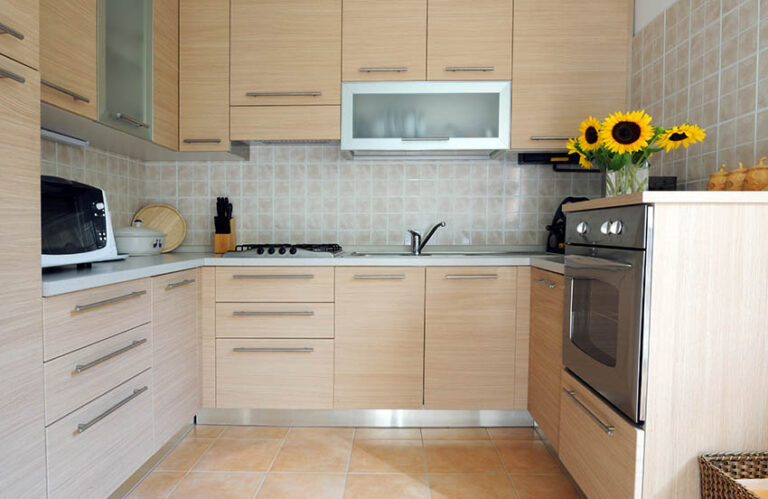Black Stainless Steel Sink Pros and Cons
Elegant and durable, sinks with black stainless steel material are fast becoming the norm for contemporary and modern kitchens, and you’ll find the sleek profile in matte finish a favorite option. If you’re looking for a durable kitchen sink, you should consider the black stainless steel sink pros and cons.
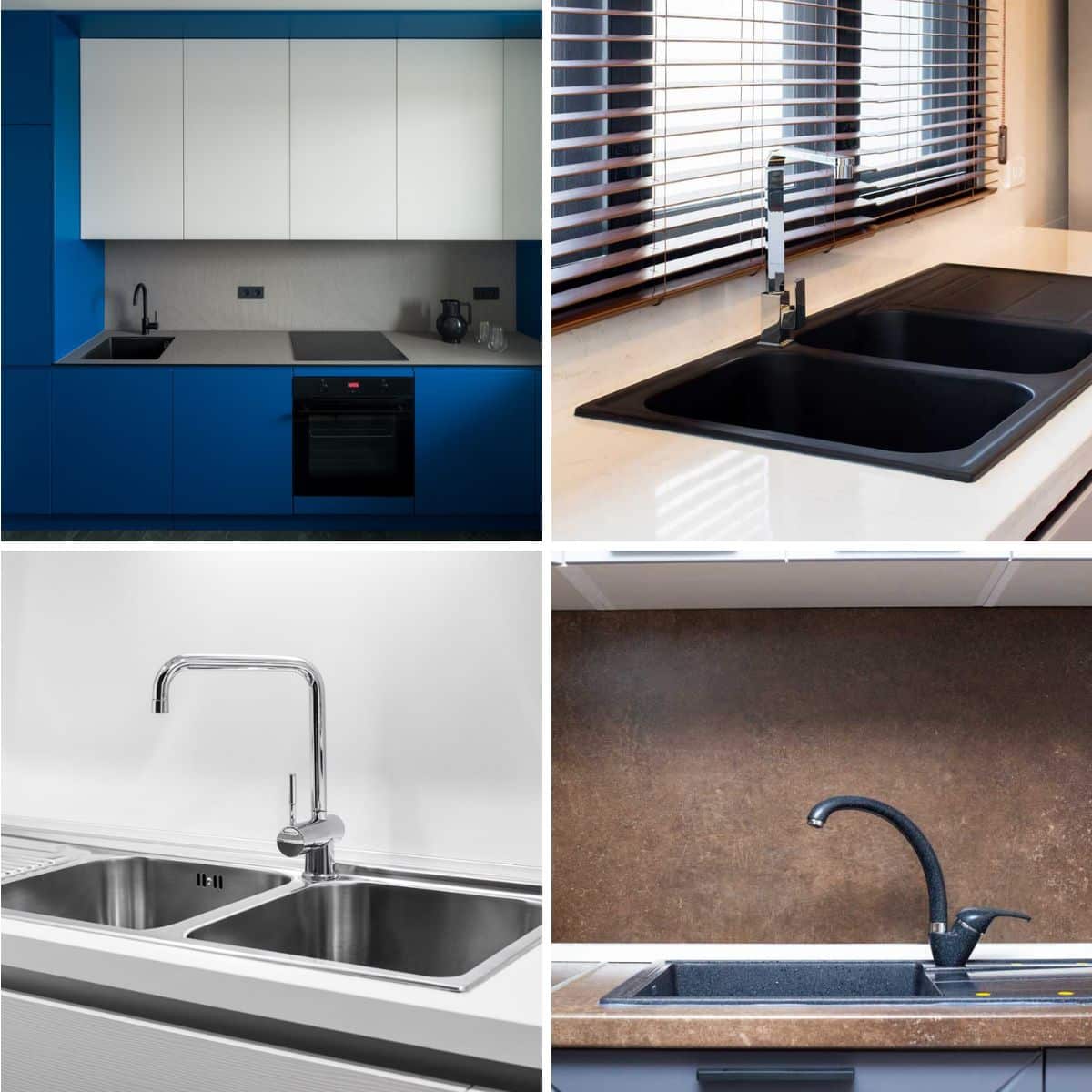
We’ve gathered the advantages and disadvantages of installing a black stainless steel sink to help you decide whether this newest kitchen trend is worth investing in for your next kitchen renovation.
Black Stainless Steel Sink Advantages
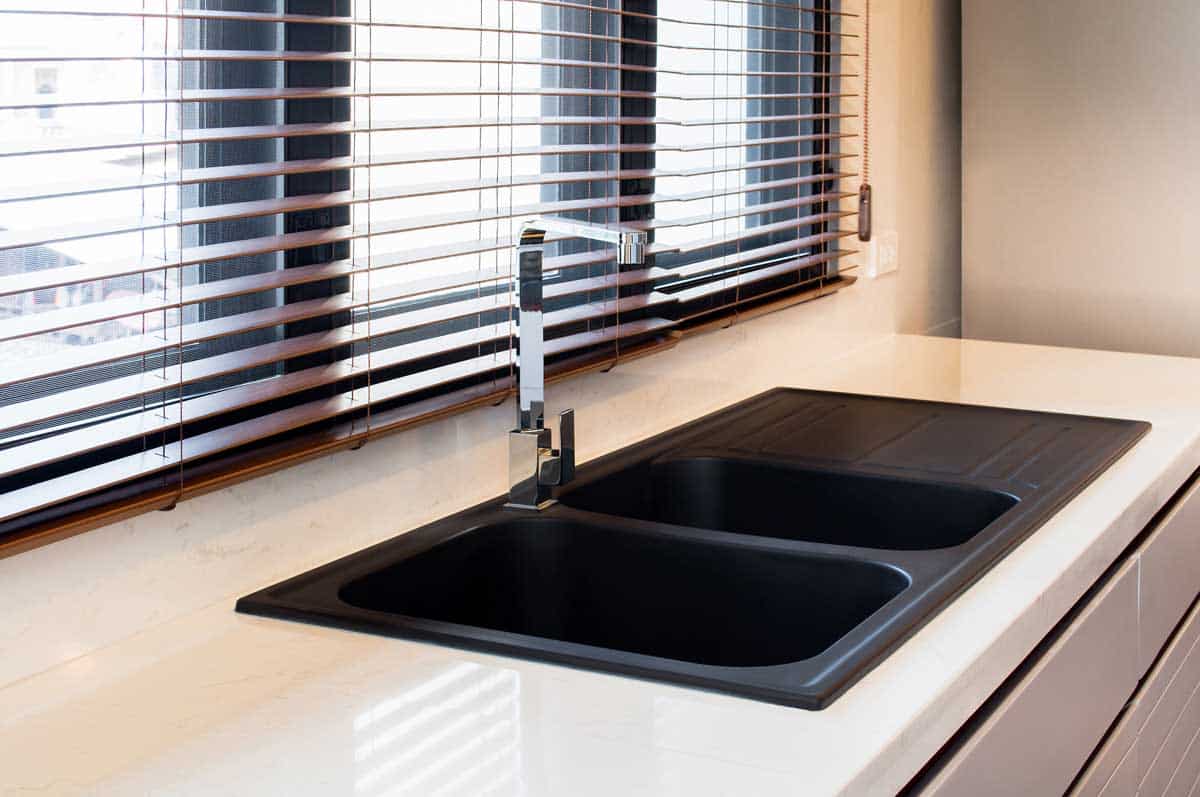
You don’t have to worry about light scratches showing: Scratches from washing off large pots and other kitchen utensils in the sink are unavoidable, but with a durable coating, it’s unlikely to scratch the coating.
Moreover, the black coloring of your stainless-steel sink makes any light scratches noticeable. Although the quality of your black stainless steel sink’s coating will depend on the material,
The most common coating for black stainless-steel sinks is PVD or Physical Vapor Deposition. The said coating improves and enhances the material’s strength and acts as an added layer to protect the surface from abrasions, smudges, or scratches.
The tough layer, though, comes in many types, depending on the manufacturer. So, when choosing, get one from a reputable supplier to ensure you get a quality product.
You’ll enjoy your sink for many years to come: Apart from being known as one of the best kitchen sink materials, stainless steel is known to last from 50 years to a lifetime, depending, of course, on the grade of your metal, type of coating, and environmental conditions.
When looking for a black stainless-steel sink or any similar material for your kitchen, make sure the metal is Grade 304. But if you’re installing black stainless steel in an outdoor kitchen or a commercial setting, Grade 316 is higher quality and is marine grade.
You can choose an anti-condensation sink: One of the advantages of new sink models today is that most finishes have an anti-condensation feature. Condensation is common under sinks and can damage piping and other plumbing connections.
You can easily find a stainless steel sink in black with an anti-condensation paint finish that’s lead-free. An added feature we’ve seen in black stainless steel sinks is that they have a sound-absorption rubber pad that prevents sound from washing.
You won’t spend a lot of time cleaning: When looking for a stainless-steel sink in black, look for products with nano-PVD technology or Physical Vapor Deposition. This is what gives stainless steel its black color. The nanotech sublimates the stainless steel surface with a film that not only gives it color but also makes it a hard-wearing surface.
You’ll have a good-looking sink all the time: A significant amount of time is spent making sure our kitchen is clean and orderly, especially in a busy area such as the sink. With a black stainless steel surface, you don’t have to worry about minor scratches and spills in your washing area. Moreover, the sleek black finish is more elegant than the utilitarian silver finish.
You can match the sink with any kitchen theme: Because of the neutral color, the black finish easily matches any kitchen theme you have in mind. There are numerous designs to choose from, and the available profiles from companies keep growing due to their demand and popularity for residential and commercial use.
You can put your old black sink into recycling: While you’ll probably enjoy your stainless-steel sink for many years to come and even a lifetime, in the event you want to replace your odl basin, you can include it in your recyclable bin. According to Outokumpu, a Finland-based steel manufacturer, stainless steel can be recycled throughout its lifecycle without reducing its quality.
Disadvantages
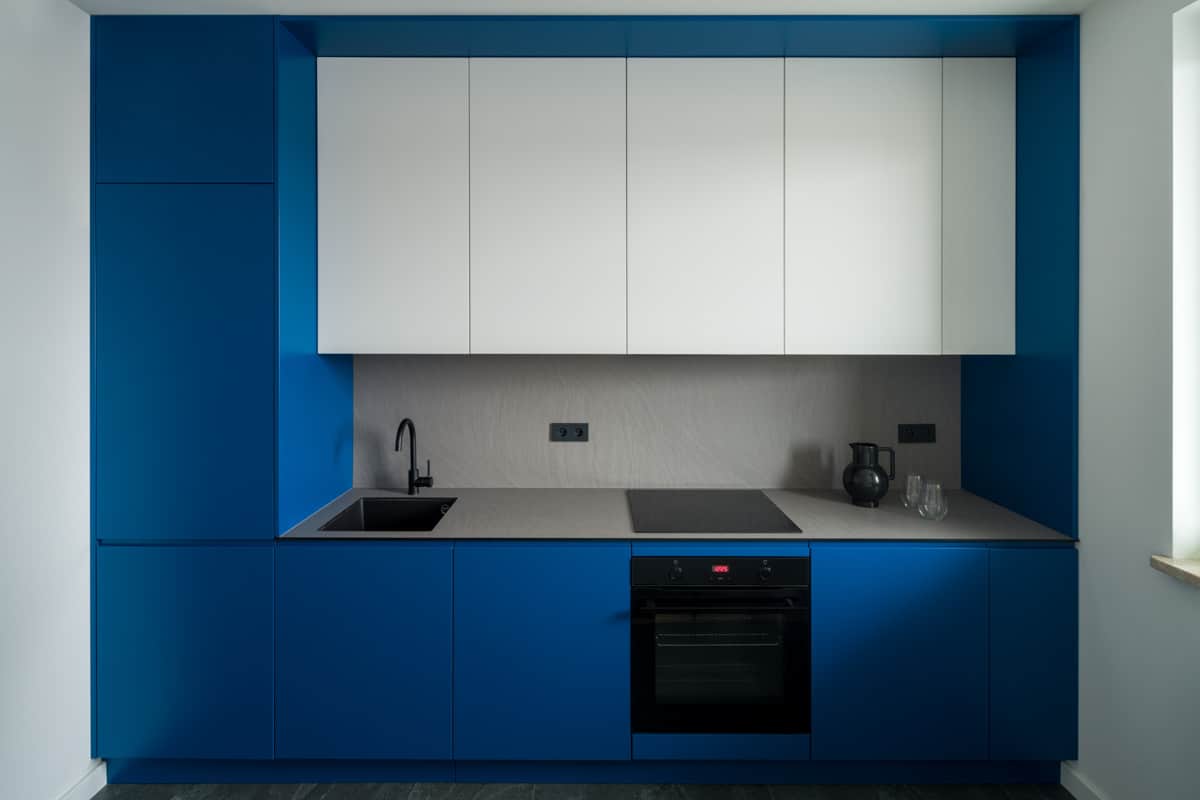
You have to match your hardware: Matching your hardware with your black sink keeps your kitchen looking coordinated and prevents it from looking out of place. This may pose financial challenges for an existing kitchen whose hardware may be of a different color, finish, or material. The added cost, time, and labor may put many kitchen owners off and instead stick to other sink design options.
However, you can always refer to free 3D kitchen planner simulators to check if your black sink looks good with your existing elements. For instance, Lowe’s Kitchen Planner or American Standard’s 3D Tool are available online for clients to use.
You can have deep scratches shown: Light scratches, fingerprints, and smudges are unlikely to show up on your black stainless-steel sink; however, deep cuts can reveal the silver material underneath. You will have an easily damaged basin if you have a low-quality coating.
That’s why finding a quality product with the typical metal or nanotech coating is important. The usual metal coating that protects these modern sinks is chromium, titanium, or vanadium. These precious metals give a durable finish to the black stainless-steel surface, with each metal having special features.
For instance, chromium is a great choice if you want extra sheen because it protects your wash area from corrosion. For a lightweight material, titanium is durable but can be installed on any type of countertop. Meanwhile, the vanadium adds strength to the already durable stainless steel and enhances other metal properties.
You can corrupt the black coating with acidic substances: Certain acids can corrode the layer of protection on these modern types of kitchen sinks. Strong acids, such as hydrochloric or sulfuric acids, can damage the layer. However, mild acids will hardly show wear on the sink protection. Moreover, it’s unlikely for a household to use such acids, so it’s a disadvantage to worry about.
Do black stainless steel sinks scratch? No, it’s unlikely for a nano-tech-manufactured sink to scratch, and most black stainless-steel sinks are made of very durable metal alloys. However, the deep scratches can show for a low-quality finish, and the silver material underneath is likely to be noticeable.
It also depends on the finish, as matte coatings can easily show scratches but are easily wiped off. Use a microfiber cloth that doesn’t leave any fibers or fuzz on a surface.
Are black sinks hard to keep clean? These surfaces can show water spots, hard water stains, and soap scum more easily than some other finishes requiring more frequent cleaning to maintain their appearance.
One of the highlights of black sinks made from stainless steel is that they’re easy to keep clean. The hard-wearing surface does not scratch easily, and the smooth surface does not stain. Fingerprints or blemishes won’t show easily, but you may need to wipe off the surface regularly for any obvious smudges and water droplets.
Black Matte Vs. Stainless Sink Finish
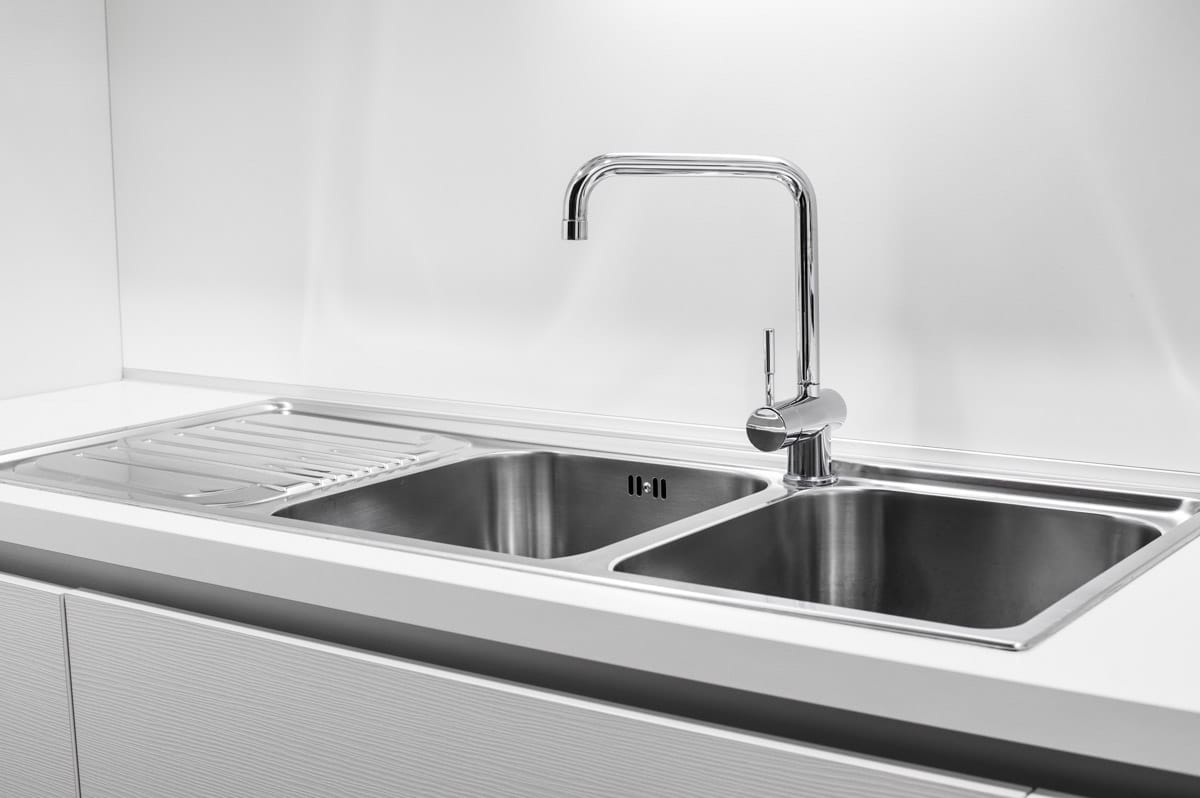
Matte Black Sink: A black sink is a great option when you want an updated look that will be enjoyed for years to come. The color lends a modern elegance that the conventional stainless steel can’t deliver.
Most modern kitchen designs have adapted to matte black hardware, and it’s easy to find fixtures, appliances, and other kitchen elements to mix and match with a black sink. In addition, black basins, from farmhouse to integrated sinks, are readily available on the market.
Aside from being statement pieces, black sinks are relatively affordable. Because manufacturing technologies keep improving, you’ll find added features and improved quality in a wide price range.
A downside of these black surfaces that can put off homeowners is that smudges and water droplets can be obvious. You may need to wipe off your wash area more often than usual, especially if you have a matte finish.
Stainless Steel: The conventional sink has been used for many years, and many designs are available on the market. The utilitarian look of the non-corroding metal has been a staple in many home and commercial kitchens.
Stainless steel sinks are available at a wide range of prices. The more shiny the surface, the more expensive the sink. – Popular Mechanics Complete Home How-to, Albert Jackson, David Day
With a rust resistant and durable material that has the potential to last for a lifetime, it’s a worthy investment, whatever kitchen size or type you have. It won’t easily get damaged and is easy to maintain.
Its durability makes it reliable in many commercial kitchens and is much preferred today. You can also easily spot dirt or damage compared to your black sink. The downside, though, is that it has that utilitarian quality that may look cold or even tacky.
Stainless Vs. Granite Composite Sink
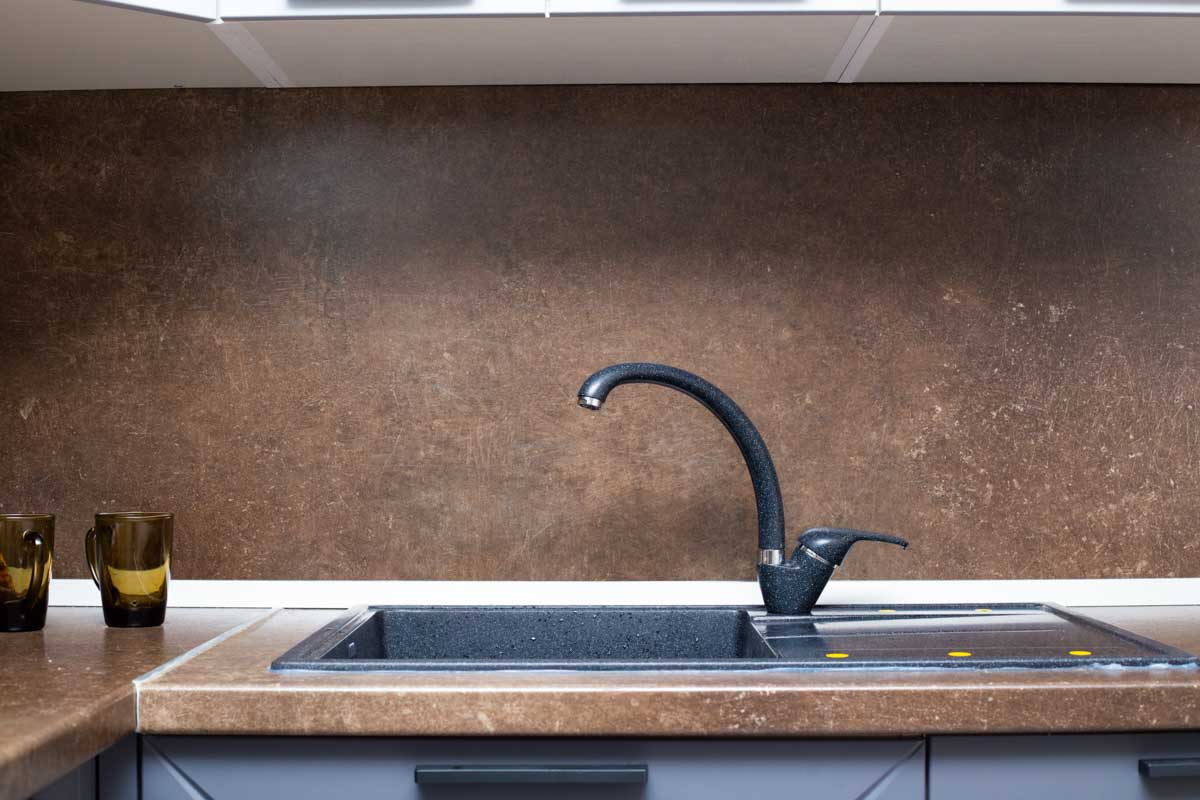
Stainless-steel sink: A busy household will require a reliable sink that you don’t need to be cautious about using, and a stainless-steel finish has proven to be a reliable option for a long time in the kitchen industry. Another downside of stainless steel, besides its utilitarian look, is that it can produce annoying sounds from the clashing of dishes and pans against the metal material.
Granite composite sink: If you want to minimize the sound of clattering dishes and utensils when washing, a granite composite sink is a great choice. The granite composite has been on the market but is not as popular as stainless-steel.
The sink combines crushed granite stone and acrylic resin, making it more aesthetically pleasing than your metal sink. Because it’s more natural-looking, it can easily blend with a natural stone countertop and sit well in a residential kitchen. They are also durable because of the granite component, which is one of the hardest natural stone materials.
See more related content in our article about composite sink vs. stainless steel on this page.

